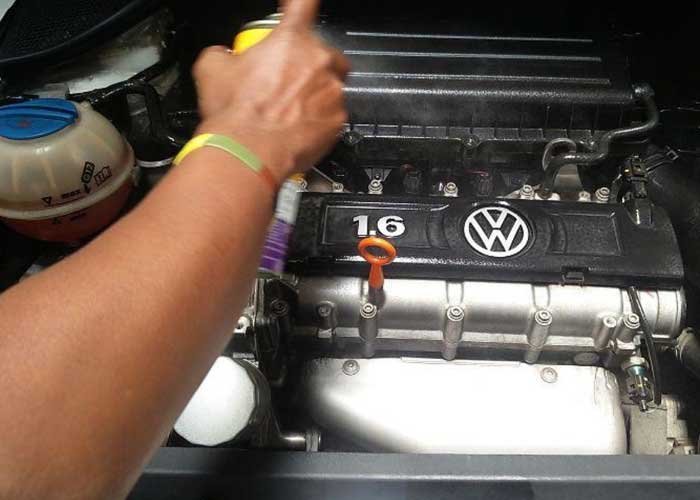
Trip Wash
An Essential Step in Effective Rodent Treatment
Rodent infestations pose a significant threat to health and property, necessitating comprehensive treatment strategies to effectively control and eliminate these pests. One crucial aspect of a successful rodent treatment plan is the implementation of a “Trip Wash.” This term refers to a meticulous cleaning process that ensures the complete removal of any residual contaminants, pheromones, and attractants that might encourage rodents to return.
Understanding Trip Wash
Trip Wash is not just about surface cleaning; it involves a thorough and deep sanitation process targeting areas that rodents have frequented. This includes disinfecting droppings, urine stains, nesting materials, and any food particles or grease marks that might serve as a lure for future rodent activity. By eliminating these traces, Trip Wash disrupts the scent trails that rodents use to navigate and communicate with one another, thereby reducing the likelihood of re-infestation.
Importance in Rodent Treatment
Health and Safety: Rodents are carriers of various diseases, including hantavirus, leptospirosis, and salmonella. Their droppings and urine can contaminate surfaces and air, posing serious health risks. Trip Wash is essential in mitigating these dangers by thoroughly disinfecting affected areas and making the environment safe for humans and pets.
Prevention of Re-infestation: Rodents leave behind pheromone trails that attract other rodents. By performing a Trip Wash, these trails are effectively erased, making it difficult for new rodents to find their way into previously infested areas. This breaks the cycle of infestation and helps maintain a rodent-free environment.
Damage Control: Rodents can cause extensive damage to structures, wiring, and personal belongings. The cleaning process of Trip Wash allows for the identification of such damages early on, enabling timely repairs and reducing long-term costs.
Components of a Trip Wash
Inspection: A detailed inspection to identify all areas of rodent activity, including hidden spots and potential entry points.
Cleaning and Disinfection: Using appropriate cleaning agents to sanitize all affected areas. This includes scrubbing floors, walls, and any surfaces contaminated by rodent activity. High-touch areas and food storage zones are given extra attention to ensure no traces of contaminants remain.
Deodorizing: After cleaning, deodorizing agents are applied to neutralize any remaining odors that might attract rodents.
Seal and Protect: Once cleaned, potential entry points are sealed to prevent rodents from re-entering. Additional protective measures, such as installing traps or using rodent repellents, are also put in place.
Trip Wash is an integral part of any rodent treatment plan, providing a comprehensive approach to eliminating current infestations and preventing future ones. By prioritizing thorough cleaning, disinfection, and preventive measures, property owners can ensure a safe, rodent-free environment. This process not only addresses the immediate problem but also contributes to long-term pest management and health safety.
